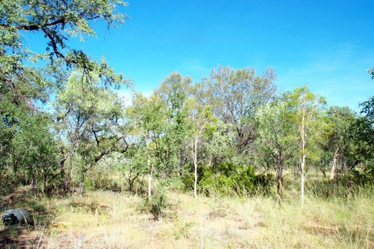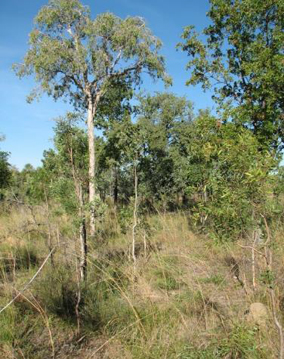Low woodlands of a variety of species including Lysiphyllum cunninghamii, beefwood, and whitewood, occurring on sandplains. (Bylong landsystem)


Habitat type: Low woodlands of a variety of species including Lysiphyllum cunninghamii, beefwood, and whitewood, occurring on sandplains.
Other key words: Open woodlands, low open woodlands
Description: This vegetation type occurs on flat to gently undulating sand plains. The very sparse low tree canopy is frequently a mixture of Lysiphyllum cunninghamii, whitewood (Atalaya hemiglauca), beefwood (Grevillea striata), supplejack (Ventilago viminalis) and Corymbia terminalis. Ironwood (Erythrophleum chlorostachys) and species of Eucalyptus, Melaleuca and Terminalia may also be present in the canopy. The very sparse shrub layer frequently has conker berry (Carissa lanceolata), nipan (Capparis lasiantha), gidgee (Acacia cambagei), wah roon (A. holosericea), white berry bush (Flueggea virosa subsp. Melanthesoides), Senna artemisioides subsp. oligophylla, Gossypium australe, yellow-barked paperbark (Melaleuca nervosa) and broad-leaved paperbark (M. viridiflora).
Some animals that use this habitat type: Emu, spiny-cheeked honeyeater, long-haired rat, northern nailtail wallaby.


